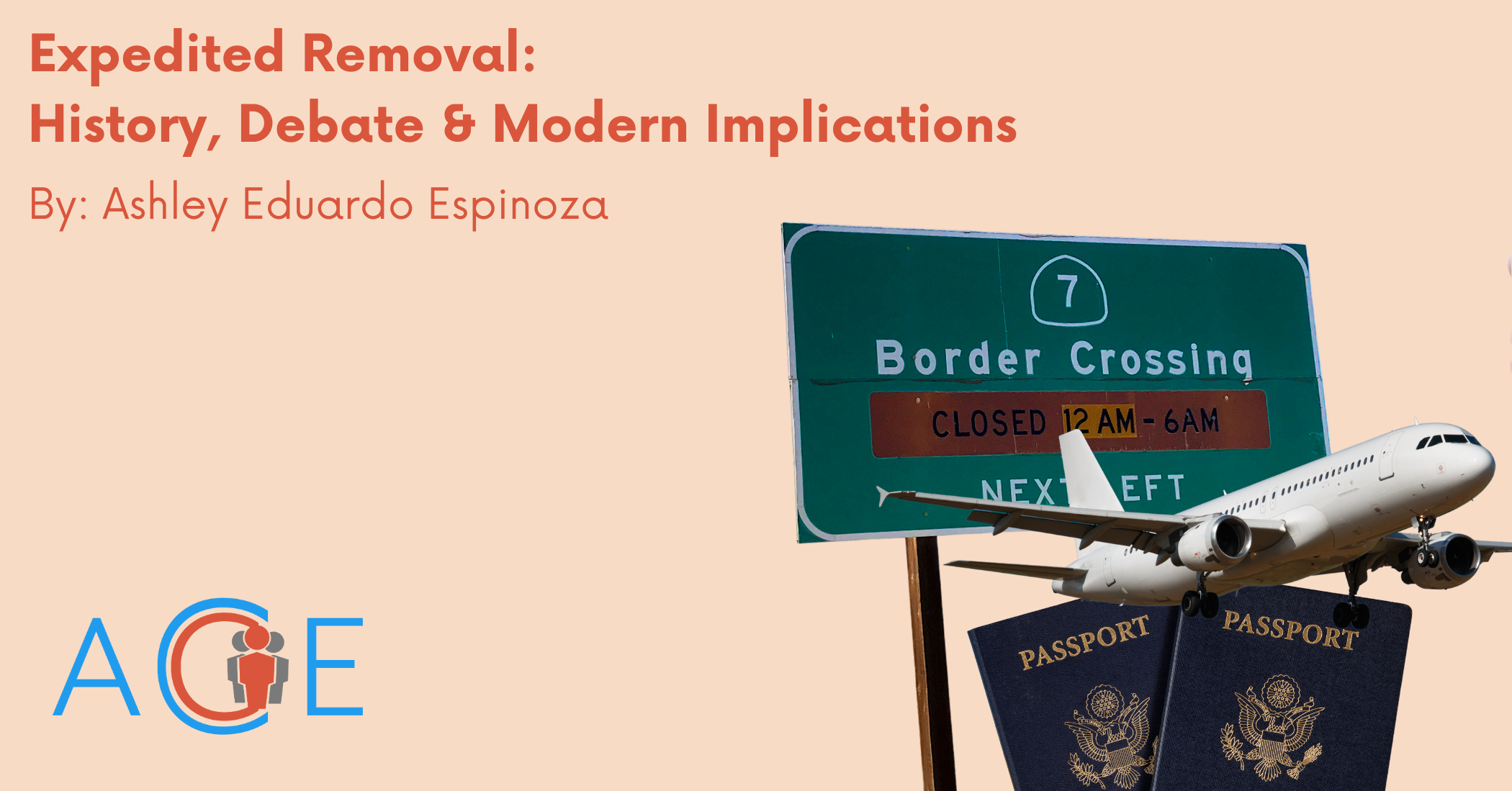Background and Key Provisions
The California Privacy Rights Act (CPRA), also known as Proposition 24, is a recently enacted law aimed at strengthening corporate regulations on data collection and processing in California. It acts as an addendum to the California Consumer Privacy Act (CCPA), a voter-initiated measure designed to enhance oversight of corporate data practices. The CPRA seeks to increase public trust in corporations and improve transparency regarding targeted advertising and cookie usage. Cookies are small files containing user information that websites create and store on users’ devices to tailor their website experience. The CPRA aims to align California’s data privacy practices with the General Data Protection Regulation (GDPR), a European Union data privacy law regarded as the most comprehensive in the world.
The CPRA was introduced as a referendum by California voters for the November 2020 general election. It passed with the support of 56.2% of voters in 2020, but did not go into effect until January 1st, 2023. The law builds off of the preexisting CCPA’s protections for user data through the following key provisions:
- Establishes the California Privacy Protection Agency (CPPA), a government agency responsible for investigating violations, imposing fines, and educating the public on digital privacy rights.
- Clarifies CCPA definitions of personal data, creating specific categories for financial, biometric, and health data. Adds a new category of sensitive personal information, which will be regulated more heavily than personal information.
- Implements privacy protections for minors. Under the CPRA, companies must request permission to buy or sell data from minors, and can be fined for the intentional or unintentional misuse of minors’ data. Minors ages 13 to 16 must explicitly opt into data sharing, while minors ages 16 through 18 can opt out of data sharing.
- Expands consumer rights by prohibiting companies from charging fees or refusing services to users who opt out of data sharing. Building on the CCPA’s universal right to opt out of data sharing, the CPRA gives consumers a right to correct or limit the use of the data they share. Consumers can also sue companies that violate the CPRA, even if their personal data was not involved in a security breach.
- Modifies the CCPA’s definition of a covered business to exclude most small businesses and include any business that generates significant income from the sale of user data.
Perspectives on CPRA Data Collection Regulations
One of the most contentious aspects of the CPRA is the regulation of personal data collection. Supporters contend that increased regulation will enhance consumer trust by preventing corporations from over-collecting and misusing personal data. Many California voters worry that businesses are gathering and selling personal information without consumers’ knowledge. Whether or not these fears are justified, they have driven strong public support for stricter data processing guidelines under both the CCPA and CPRA. Additionally, supporters of the CPRA argue that its impact on corporate data will be minimal, given that studies suggest less than 1% of Californians take advantage of opt-out options for data sharing.
Opponents argue that restricting data collection could lead to inaccuracies if a large number of consumers choose to opt out. Without access to a broad dataset, companies may face higher costs to clean and verify the data they collect. Currently, many businesses rely on cookies and tracking technologies to analyze consumer behavior. If these methods become less effective, companies may need to invest in alternative, more expensive market research techniques or expand their workforce to ensure data accuracy.
The opt-out mechanism has been a focal point of debate. Supporters view it as a balanced compromise, allowing Californians to protect their personal information without significantly disrupting corporate data operations. However, some argue that an opt-in model—requiring companies to obtain explicit consent before collecting data—would provide stronger privacy protections. Critics believe that many consumers simply accept default data collection policies because opting out can be confusing or time-consuming, ultimately limiting the effectiveness of the CPRA’s protections.
Financial Considerations
Beyond concerns about data collection, the financial impact of the CPRA has also been widely debated. While the CPRA exempts small businesses from its regulations, larger businesses had already invested heavily in CCPA compliance and were reluctant to incur additional costs to meet new, potentially stricter regulations under the CPRA. Additionally, implementing the CPRA was estimated to cost the State of California approximately $55 billion due to the creation of a new regulatory agency and the need for updated data practices. Critics argued that these funds could have been allocated more effectively, while supporters viewed the investment as essential for ensuring corporate accountability.
Future Prospects for California’s Privacy Policy
Since the CPRA is an addendum to the CCPA, California data privacy law remains open to further modifications. Future updates will likely center on three key areas: greater alignment with European Union standards, increased consumer education, and clearer guidelines on business-vendor responsibility.
The General Data Protection Regulation (GDPR), the European Union’s comprehensive data privacy law, already shares similarities with the CPRA, particularly in restricting data collection and processing. However, a major distinction is that the GDPR applies to all companies operating within its jurisdiction, regardless of revenue. Additionally, the GDPR requires companies to obtain explicit opt-in consent for data collection, while the CPRA relies on an opt-out system. Some supporters of the CPRA believe it does not go far enough, and may consider advocating for GDPR-style opt-in requirements in the future.
Others argue that many individuals are unaware of how their data is collected, processed, and sold, no matter how many regulations the state implements. This lack of knowledge can lead to passive compliance rather than informed consent under laws like the CPRA. In the future, advocacy organizations may push for California privacy law to include stronger provisions for community education programs on data collection and privacy options.
Another area for potential reform is business-vendor responsibility. Currently, both website operators and third-party vendors are responsible for complying with CPRA regulations, which some argue leads to redundancy and confusion. If accountability is not clearly assigned, businesses may assume that the other party is handling compliance, increasing the risk of regulatory lapses. Clarifying these responsibilities might be a target for legislators or voters who are concerned about streamlining the enforcement of privacy law.
Conclusion
With laws like the CCPA and the CPRA, California maintains the strongest data privacy protections in the nation. Some view these strict regulations as necessary safeguards against the misuse of consumer data that align the state with global privacy norms. Others see laws like CPRA as excessive impositions on business resources. Still, others argue that California law does not go far enough, advocating for a universal opt-in standard rather than an opt-out standard for data sharing. As debates around CPRA continue, California is likely to provide a model for other state and federal data privacy regulations across the U.S.


